National parks are sites to behold and are protected for everyone to enjoy. However, visiting one can get rather expensive. Some parks have an entrance fee per vehicle or even per person. Sadly, that doesn’t normally include parking fees, camping costs, or the price of lodging and any extra activities people might want to do.
Thankfully, there are a handful of these that do not charge an entrance fee. Here are 12 parks that are free to get into. But keep in mind that guests still might have to pay for things like parking, lodging, or camping. If, however, you want to go to a park that charges an entrance fee, there are a few days this year that they will be free to enter. Be sure to mark your calendars for these six days. January 15th is the birthday of Martin Luther King Jr. April 20th is the first day of National Park Week. June 19th is Juneteenth National Independence Day. August 4th is the anniversary of the Great American Outdoors Act. September 28th is National Public Lands Day, and November 11th is Veterans Day.
1. Wrangell-St. Elias National Park, Alaska
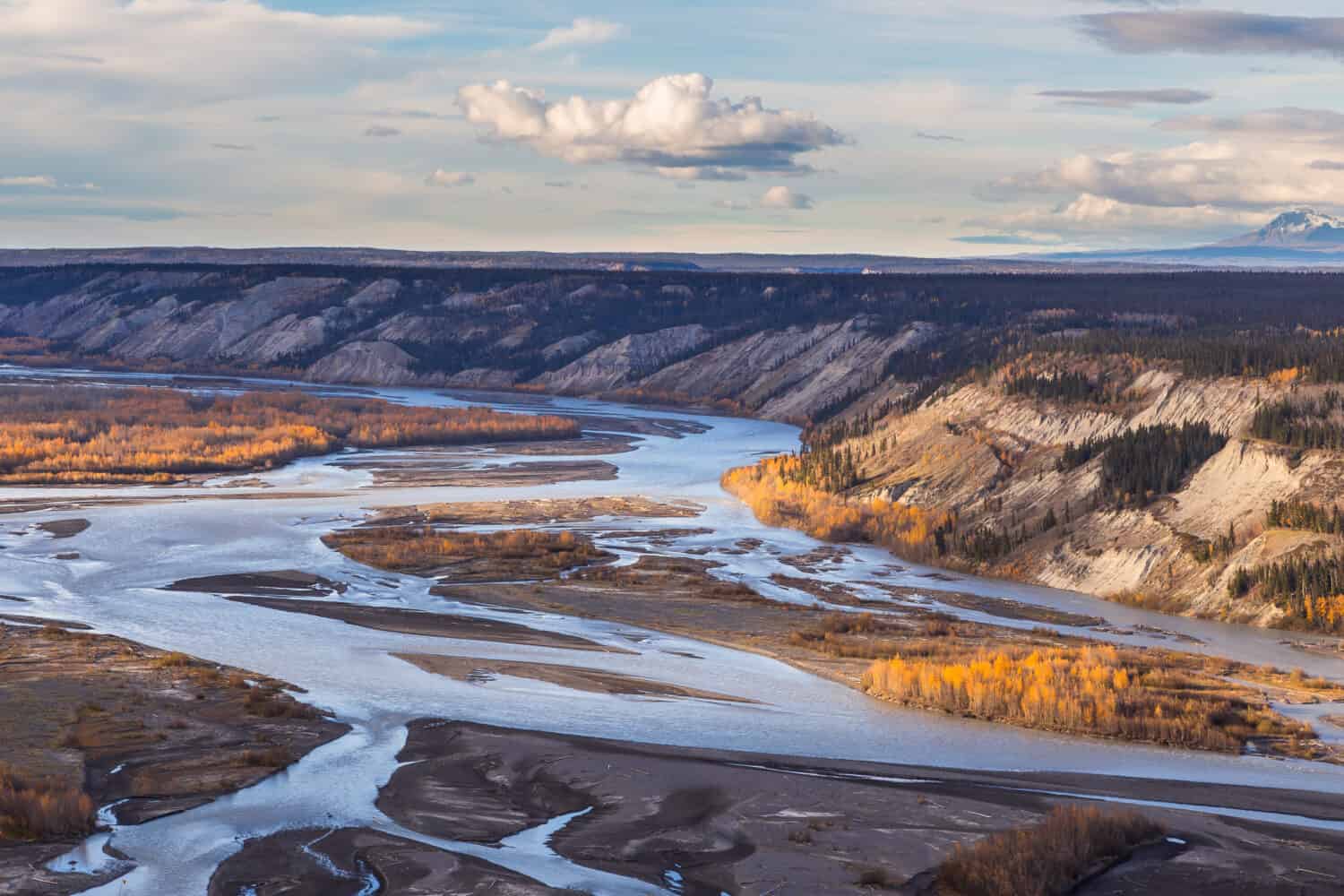
This park has one of the largest volcanoes in North America.
©Tomasz Wozniak/Shutterstock.com
This national park sits at 13 million acres, making Wrangell-St. Elias is the biggest national park in the United States. For comparison, it is the size of Yosemite, Yellowstone, and the country of Switzerland combined. This park takes the cake for a couple of other things as well. It has the largest wilderness area in the National Wilderness Preservation System. Mt. St. Elias, at 18,008 feet, is the second-highest peak in the United States.
2. Biscayne National Park, Florida

This national park is located mostly in the water.
©aka_An_Lee/Shutterstock.com
Located near Miami, Florida, Biscayne National Park is unique in that 95% of it is water. This park protects a rare combination of aquamarine waters, emerald islands, and fish-bejeweled coral reefs. Guests can go boating, kayaking, or canoeing within the park. There is also fishing, lobstering, and guided eco-adventures. If being on the water isn’t your thing, the visitor center is home to movies, art galleries, museum exhibits, and walking paths.
3. Redwood National Park, California

The Redwood National Park is most well-known for its trees.
©Stephen Moehle/Shutterstock.com
The first thing that always comes to mind with the Redwood National Park is its trees. It is, after all, home to the tallest trees in the world. However, that isn’t the only thing this park is known for. The Redwoods also protect wild rivers, oak woodlands, vast prairies, and 40 miles of rugged coastline. One of the unique things you can do here is spend the night under these gigantic trees. Guests can choose between four developed campgrounds or hike to one of seven designated backcountry camps. Both of these options require permits, but those are free, too.
4. Voyageurs National Park, Minnesota

The Voyageurs National Park offers Walleye Crochet patterns since it is known for its Walleye fishing.
©BlueBarronPhoto/Shutterstock.com
This national park is one of the parks that will have something for visitors all year long. There are rock ridges, cliffs, wetlands, forests, streams and lakes. Guests can go hiking, camping, or boating. There are even guided tours for an additional cost and also activities specifically planned for different seasons throughout the year. Voyageurs is known for its walleye fishing opportunities. No need to worry about when you visit. As long as you have a fishing permit, you can fish during the summer or ice fish in the winter.
5. Great Smoky Mountains National Park, North Carolina and Tennessee
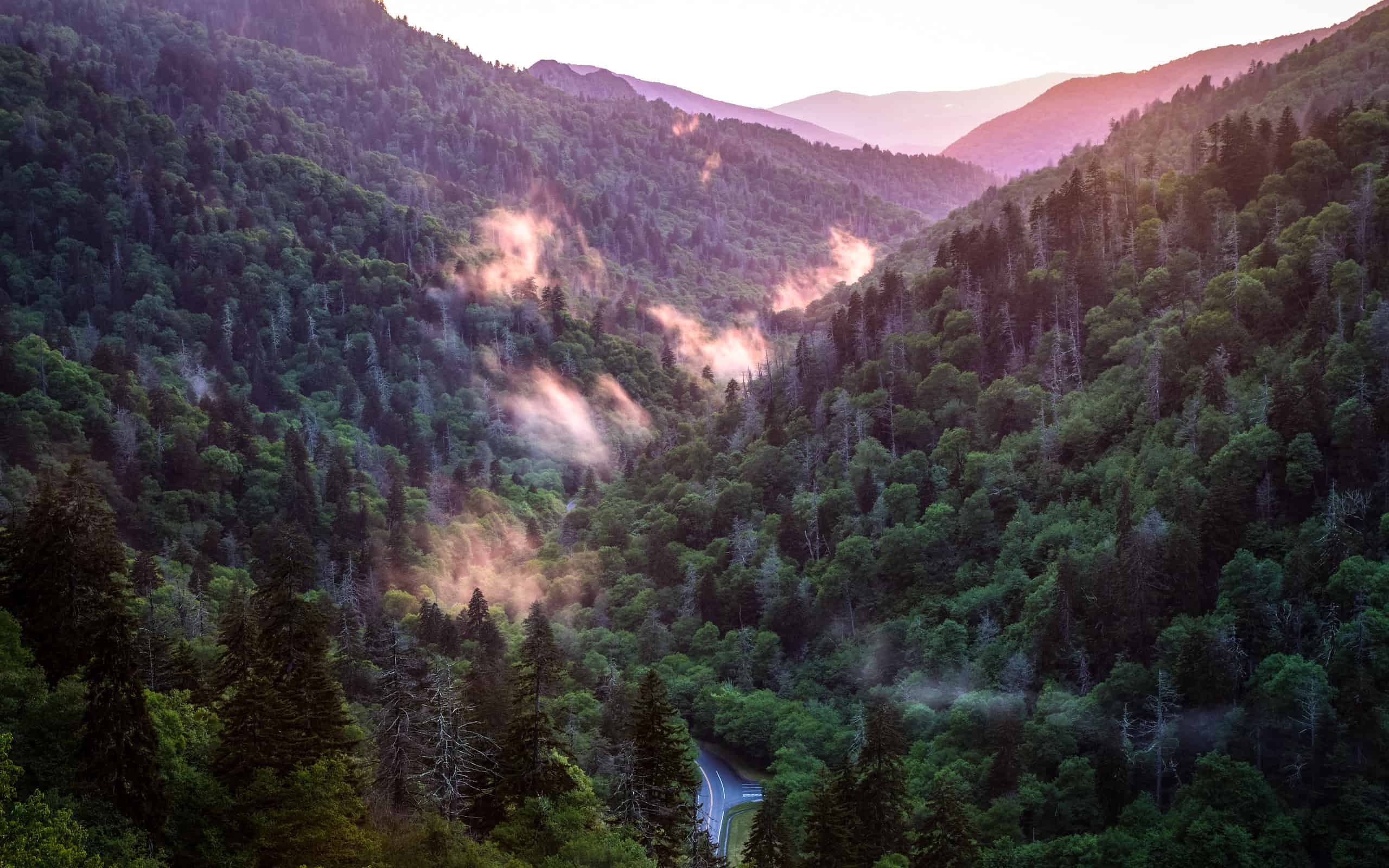
Guests can visit a ghost town within the Great Smoky Mountains.
©ehrlif/iStock via Getty Images
The Great Smoky Mountain National Park is the most visited national park in the United States. The forest of the park straddles the border between North Carolina and Tennessee and is world-renowned for its diversity of plant and animal life. While it is free to get in, you will need a parking tag if you plan on staying in the park for longer than 15 minutes. Beyond that, there is plenty to do inside the park. Guests can visit Cades Cove, explore the historic mill, or even hike next to a waterfall.
6. Great Basin National Park, Nevada
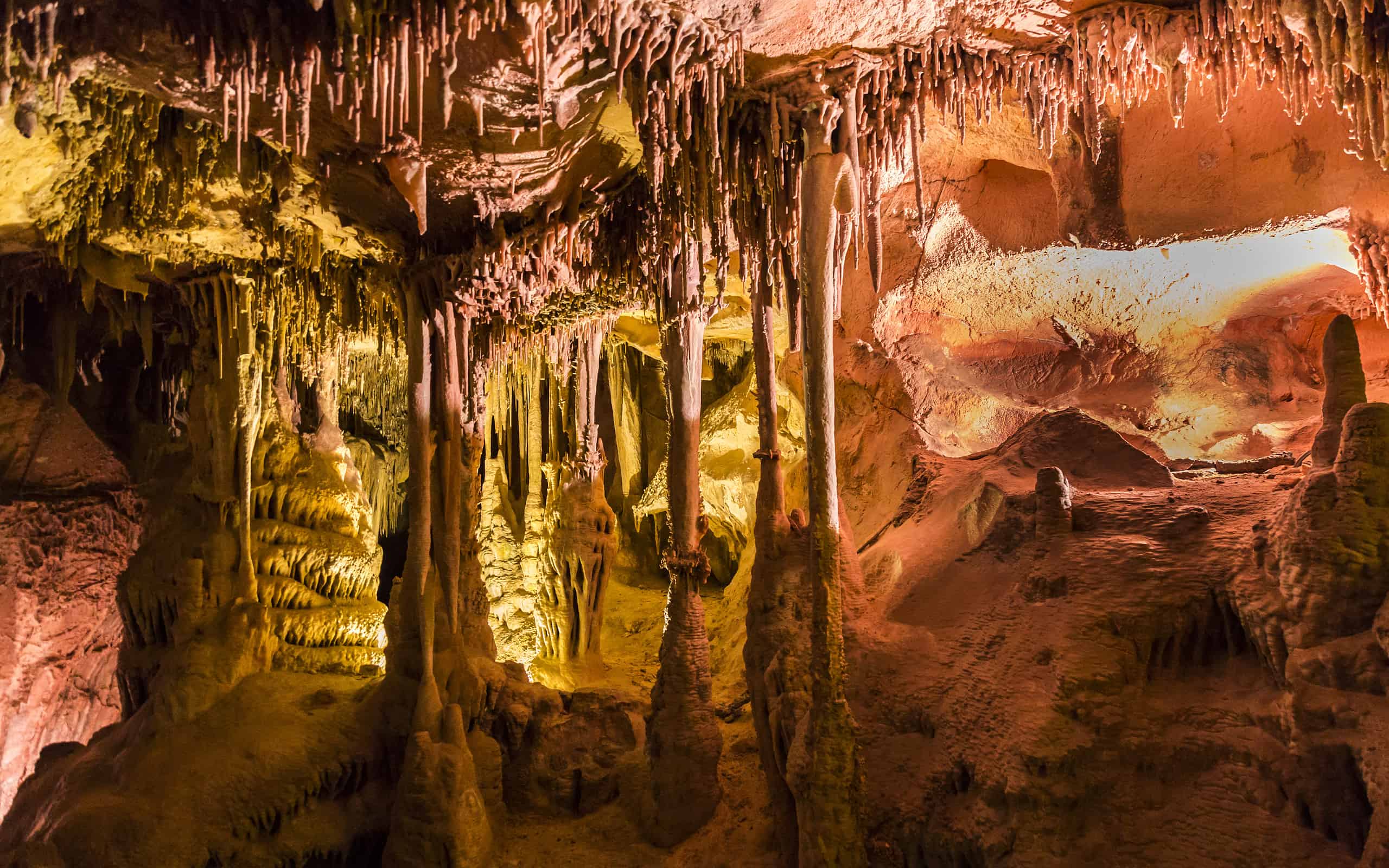
The caves at Great Basin National Park stay very humid all year long.
©frontpoint/ via Getty Images
This area is like having multiple parks and attractions crammed into one. Great Basin National Park can start you underground exploring caves and have you ending your day reaching for the stars as you stare into the cosmos. In between all that, guests can see sagebrush-covered foothills and walk among ancient bristlecone pines. While admission to the park itself is free, some of the other attractions, such as the Lehman Cave Tours, will set you back a few dollars.
7. North Cascades National Park, Washington

This park is one of very few parks that has a state route running through it.
©Michael Jagla/iStock via Getty Images
The North Cascades National Park sits less than three hours away from Seattle. Take a trip down State Route 20, also known as the North Cascades Highway, and drive straight through the park. This scenic, and free drive lasts around 30 miles and takes you through some pretty amazing parts of the park. Guests will be able to see mountain scenery, dense forests, and cascading waterfalls.
8. Hot Springs National Park, Arkansas

The park’s visitor center is in the historic Fordyce Bath House.
©iStock.com/zrfphoto
The Hot Springs National Park in Arkansas is uniquely different from others like it. This park is located right in the center of town. Its location does not take away from the fact that there is still plenty to do and see inside. Take in the ancient thermal springs, mountain views, and incredible geology. Guests can take forested hikes and also visit abundant creeks. The hot springs are also home to nine historic bathhouses. Two of which offer visitors the chance to fully submerge and relax in the thermal water.
9. Channel Islands National Park, California
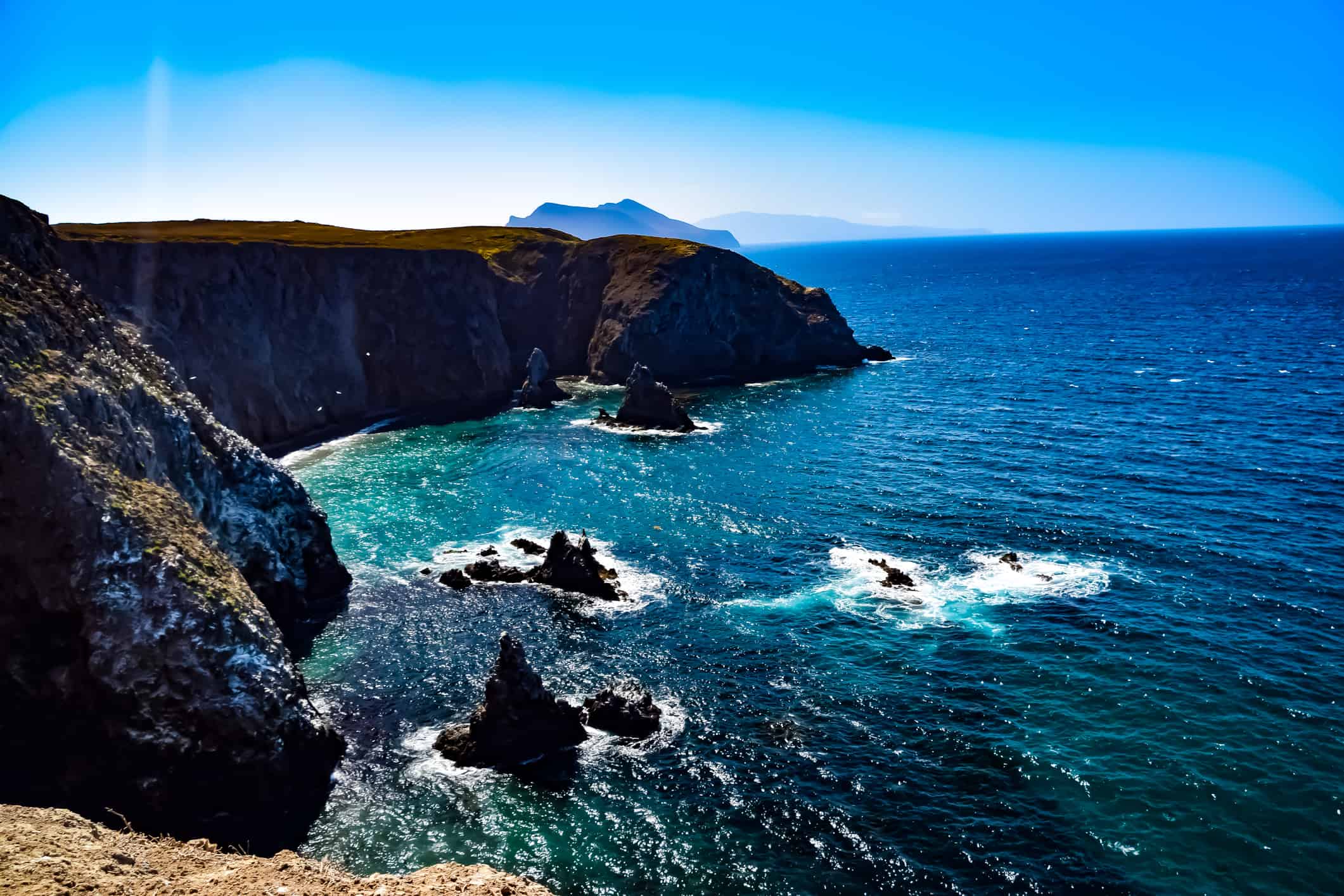
This national park is a group of five islands.
©Carlos Gandiaga Photography/iStock via Getty Images
Channel Islands is more than just a national park. It is actually five separate islands. While admission to the park is free, transportation to the islands is not. It is strongly encouraged to plan ahead before you come here. Visiting the Channel Islands is an exercise in preparation and self-reliance. Most services on the islands, like cell service, food, and emergency services, are extremely limited or even nonexistent. With that being said, each of the islands is very different from each other, offering unique experiences.
10. Cuyahoga Valley National Park, Ohio
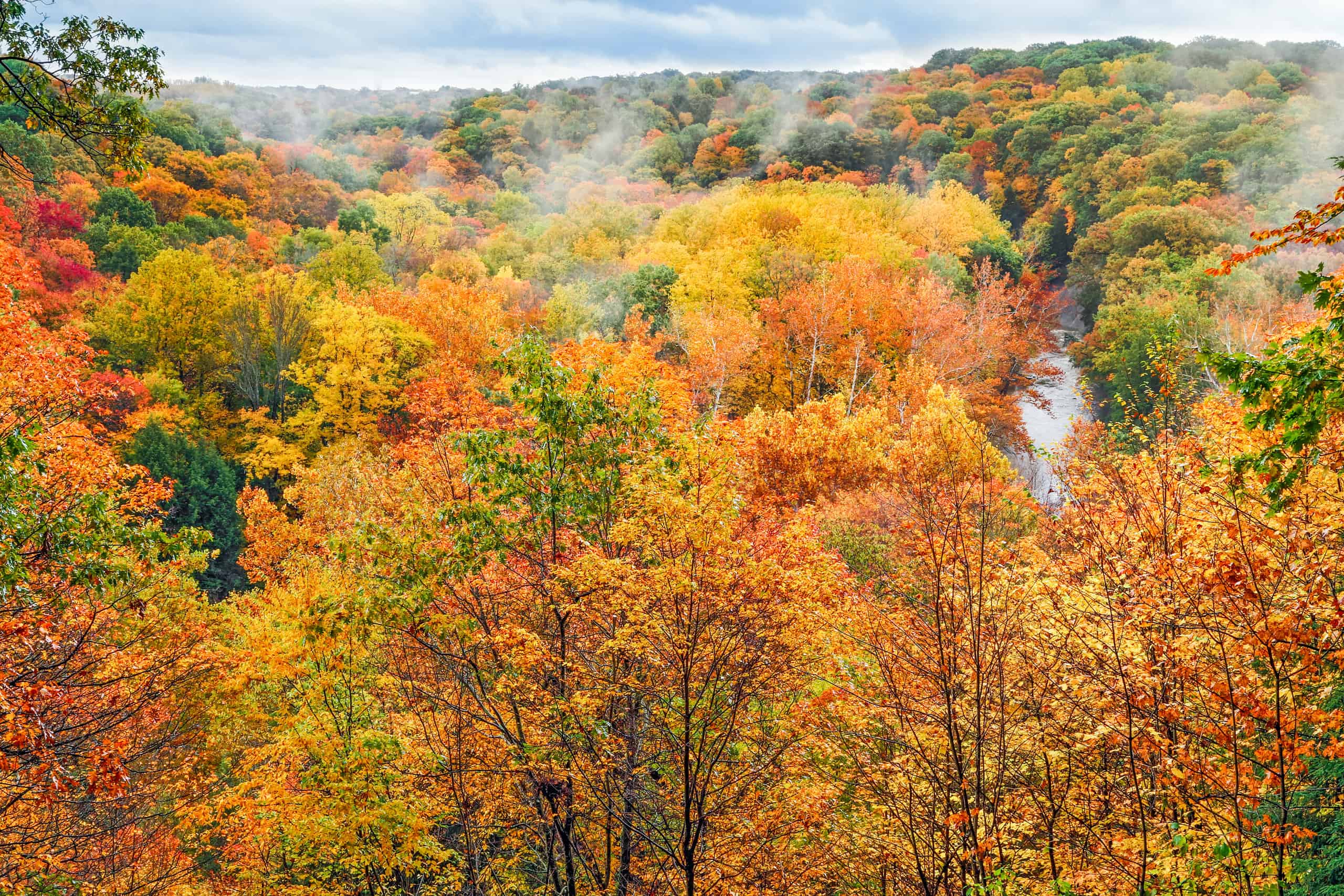
Cuyahoga National Park is located near Cleveland and Akron.
©Kenneth Keitfer/Shutterstock.com
The Cuyahoga Valley National Park is the only national park in Ohio. The park’s most famous trail travels along the Ohio and Erie Canal. There are also deep forests, rolling hills, and open farmlands to explore within the park. For an additional cost, guests can take a ride on the Cuyahoga Valley Scenic Railroad. This trip provides passengers the opportunity to possibly spot beavers, deer, eagles, and herons in their natural habitat.
One very special thing is happening on April 8th at Cuyahoga Valley. It will experience a total solar eclipse. This only happens once every one and a half years. The last total solar eclipse visible in Ohio was in 1806. The next one to pass over Ohio is predicted to be in 2099.
11. Congaree National Park, South Carolina
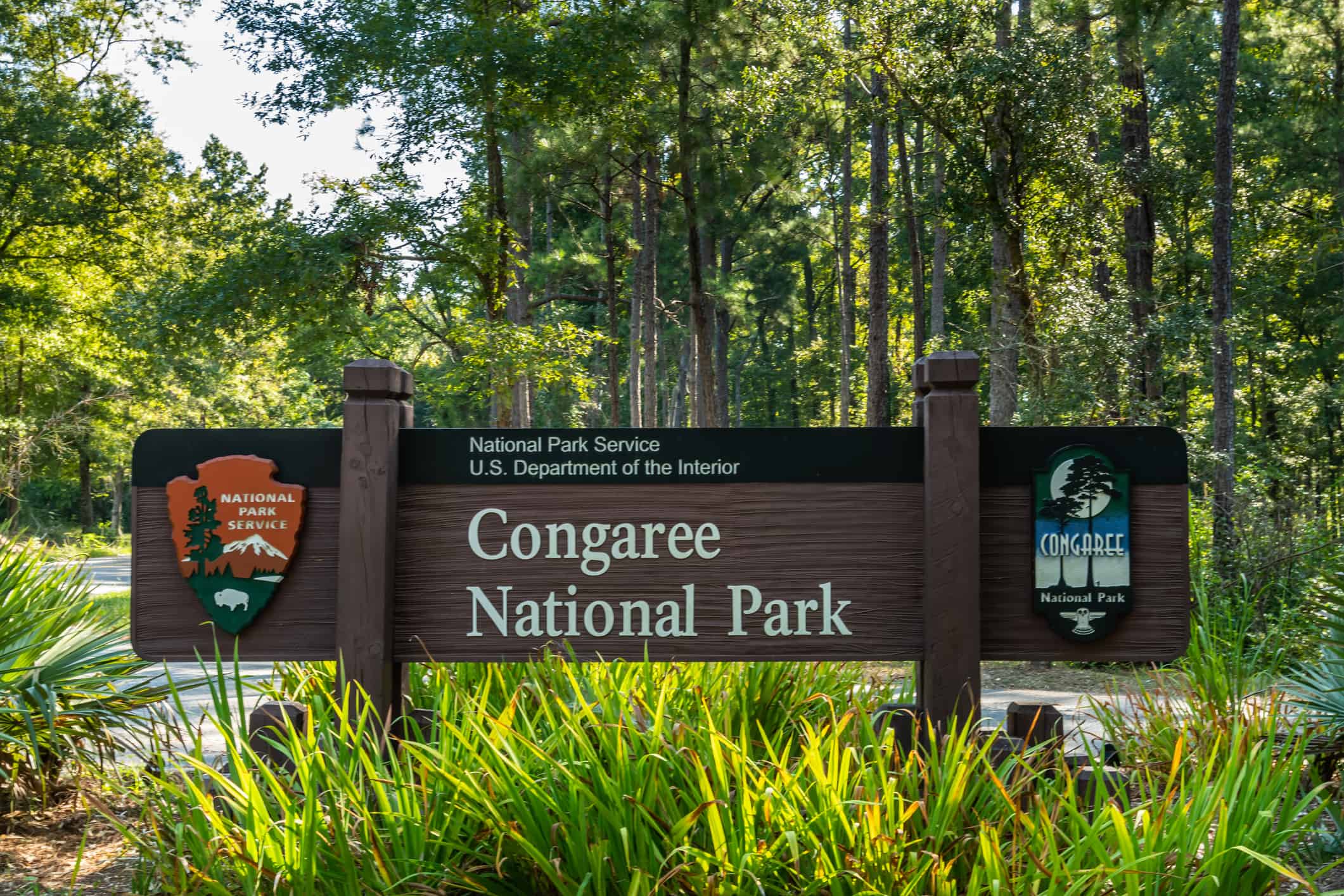
Congaree has many different swamps within the park.
©iStock.com/kellyvandellen
This national park in South Carolina is one of the very few places that are located within a floodplain. This park boasts the largest intact expanse of old-growth bottomland hardwood forest remaining in the southeastern United States. Within the park, visitors can go kayaking or canoeing, walk amongst the champion trees, or take a hike along one of the 10 different trails Congaree has to offer. These trails range from easy to moderate to difficult depending on length, conditions, and difficulty of navigation.
12. New River Gorge National Park and Reserve, West Virginia
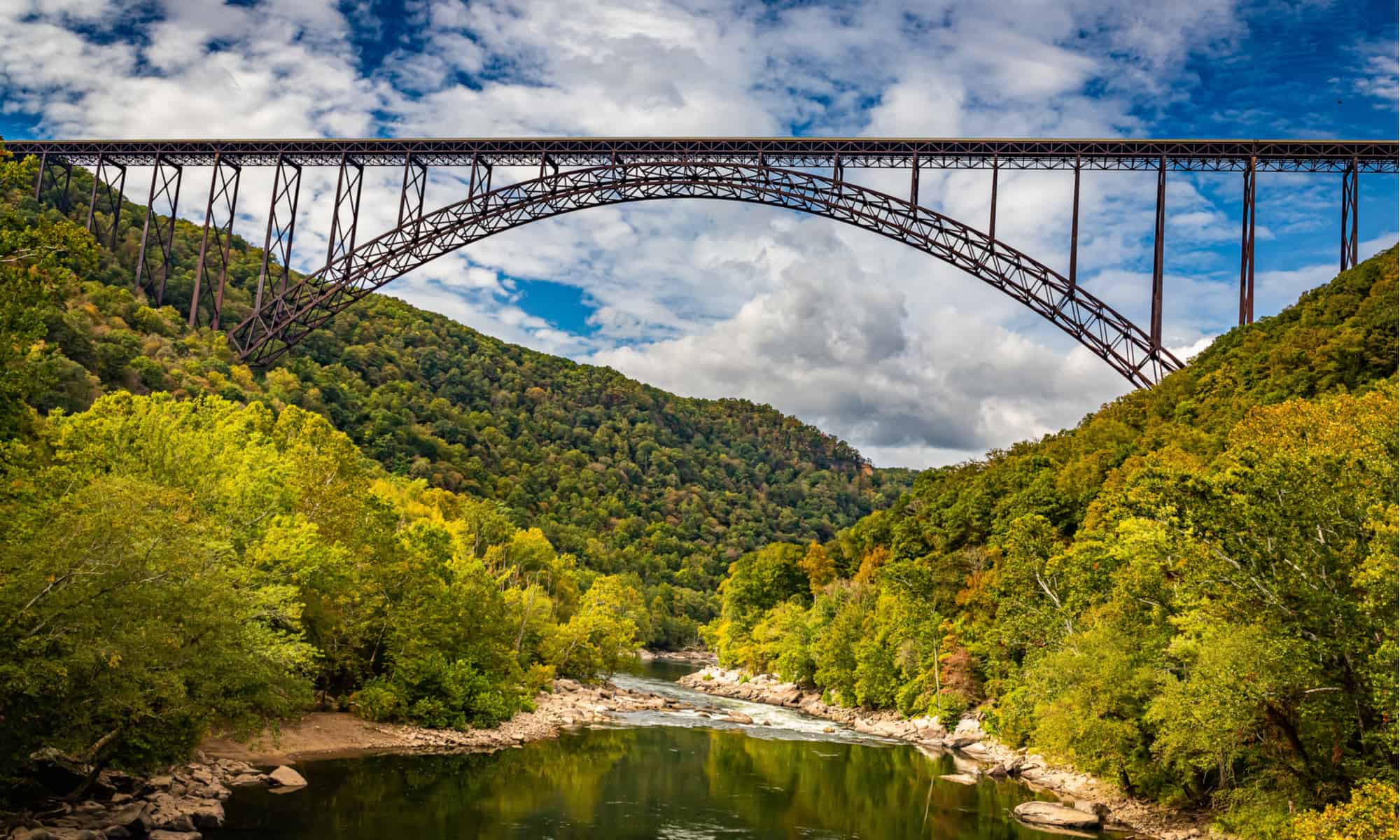
The New River Gorge was a river before becoming a national park.
©Gestalt Imagery/Shutterstock.com
New River Gorge is the newest national park in the United States. Before December 2020, it was designated as a national river. Located in the Appalachian Mountains of West Virginia, the New River is among the oldest rivers on the continent. The park has over 70,000 acres of land and offers abundant scenic and recreational opportunities.
The photo featured at the top of this post is © Faraz Habiballahian/Shutterstock.com
Thank you for reading! Have some feedback for us? Contact the AZ Animals editorial team.







